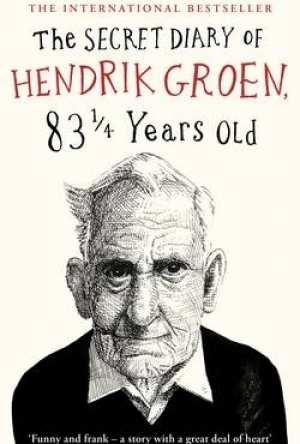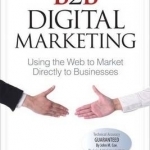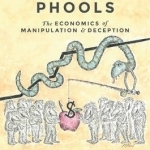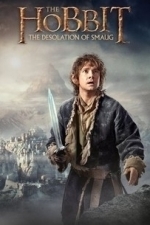
The Secret Diary of Hendrik Groen, 83 Years Old
Hendrik Groen and Hester Velmans
Book
** THE INTERNATIONAL PHENOMENON ** 'There are many laughs in this book but it's so much more than...

Sounds: The Pronunciation App
Education and Reference
App
The ultimate interactive English pronunciation tool, for both students AND teachers. Sounds helps...

B2B Digital Marketing: Using the Web to Market Directly to Businesses
Book
The only 100% B2B-focused guide to high-profit, low-cost digital marketing! Finally, there's a...

The Financial Times Guide to Options: The Plain and Simple Guide to Successful Strategies
Book
The Financial Times Guide to Options, will introduce you to the instruments and markets of options,...

Kalki Fashion: Online Shopping
Shopping and Lifestyle
App
Shop your heart out through our KalkiFashion App or Kalki Shopping App for Women and book your...
Gareth von Kallenbach (980 KP) rated The Hobbit: The Desolation of Smaug (2013) in Movies
Jun 19, 2019
The journey is long and filled with peril as everything from Orcs to giant spiders stand in the way and should the group be successful in reaching their destination, there is the little matter of a giant and very nasty dragon named Smaug to contend with.
Undaunted the group press on despite finding danger a constant companion and once again give us a series staples of endless shots of them walking and walking in locales lifted from the Tourism New Zealand film room in between the amazing visual work that makes up the battle sequence and other-worldly visuals of the film.
Bilbo (Martin Freeman), is becoming more and more under the spell of the ring he obtained in the previous film and Gandalf (Sir Ian McKellen), suspects that darker forces are growing and sets off to confirm his suspicions. This divides the film into two quest centric storylines that are sure to cause some division amongst fans of the series.
The film does manage to hold your attention throughout its 2.5 hr plus run time and does have a very enjoyable finale act as the arrival of Smug (Benedict Cumberbatch), for me has been honestly the most enjoyable of any of the four prior films in the series to date. His interactions with Bilbo and the group flesh him out to be more than a creation of CGI, but rather infuse him with a evil and complexity that make him a very compelling and dynamic character.
Despite the strong cast and amazing visual FX in the film that is captured very well by the 3D filming Jackson used, the movie does have it’s share of frustrations.
Jackson has once again loaded the film with tons of characters, scenarios, and padding that easily make up more than half of the film. The idea seems to be to show a greater connection to the original LOTR films and the inclusion of Orlando Bloom as Legolas and Evangeline Lilly as Tauriel is bound to cause controversy. On one hand it was great to see the two characters and the great amounts of action they brought to the film, but the entire time I kept thinking that there was no need for most of this extra stuff as it was included simply to stretch out the film in order to justify a third movie and ensure another big box office.
When the film reaches it’s conclusion it was very clear to me that they could have completed the film in two films had the removed all of the padding and fluff and stuck to the source material. Segments are drawn out or included that really do not need to be there no matter how exciting and visually appealing they may be.
When the film was first announced it was planned to be two films but was later expanded to three when Jackson took over as Director following the departure of Guillermo del Toro. If one film was sufficient to capture each book in the original series than three films for this one book is simply overkill to me and it undermines the source material.
That being said, I did enjoy the film as it works best for me if I look at it as “inspired by’ rather than a cinematic translation of the book and in doing so I was able to get caught up in the action of the film and the character’s.
In the end the film is a true delight filled with plenty of action and adventure and will keep fans old and new entertained as despite the issues I had with it, it was one of the better action/fantasy films of the year and is a great technological achievement.
http://sknr.net/2013/12/13/the-hobbit-the-desolation-of-smaug/

24symbols – online books
Book
App
Service to read digital books based on a subscription model. It's just $8.99 per month. A...

Phishing for Phools: The Economics of Manipulation and Deception
Robert J. Shiller and George A. Akerlof
Book
Ever since Adam Smith, the central teaching of economics has been that free markets provide us with...

The Real Tales of Hoffmann: Origin, History, and Restoration of an Operatic Masterpiece
Placido Domingo, Michael Kaye and Vincent Giroud
Book
Of all operas in the standard repertory, none has had a more complicated genesis and textual history...

Model Perspectives: Structure, Architecture and Culture
Mark R. Cruvellier, Bjorn N. Sandaker and Luben Dimcheff
Book
This book contains a unique collection of various perspectives on the relationship between...
